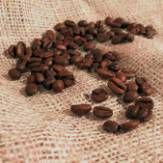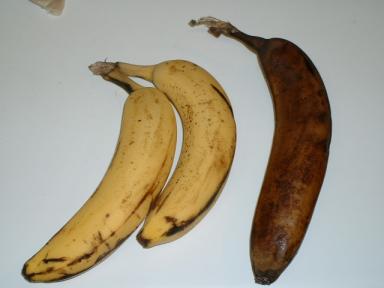Food-Info.net> Topics > Food components > Food colours > Browning
Browning
The term “ browning ” in relation to food refers to several different processes which can be divided into enzymatic and non-enzymatic browning reactions.
The most common type of non-enzymatic browning is the Maillard reaction. It refers to a series of chemical reactions between sugars and proteins that make foods more appetizing. Examples are the flavours and colours produced during baking bread or frying meat.

The second type of non-enzymatic browning is carmelization that occurs when carbohydrates/sugars in any food are heated. Caramelization results in light to dark brown and new flavours in the product. Caramelization plays an important role in roasting of coffee and commercial caramels are added as food colours or flavours.

Enzymatic browning is a less desirable series of reactions. It occurs in certain fruits and vegetables when phenolic compounds react with oxygen in the air, which results in brown complexes. No or few flavours are produced. Examples are the browning of cut apples and bananas and the browning of tea (from green to black tea).

More information :